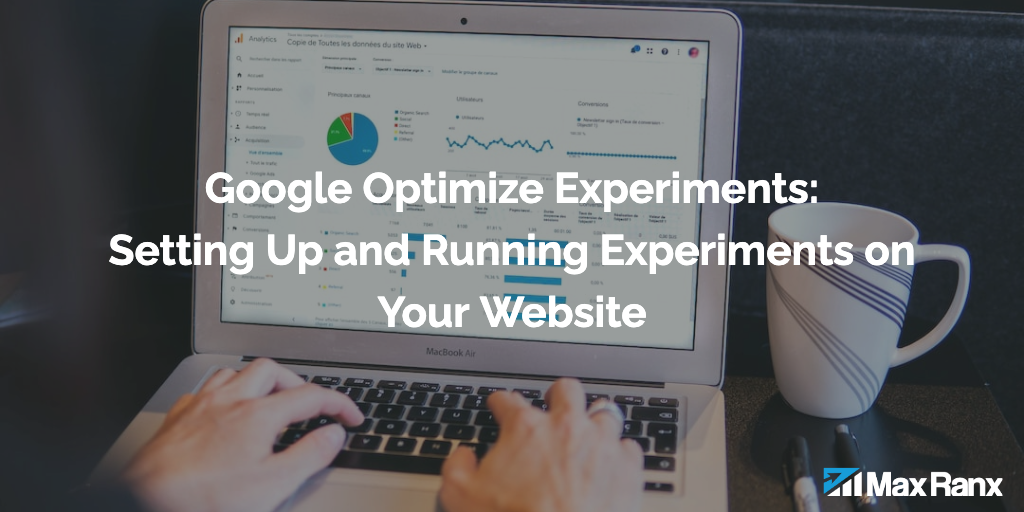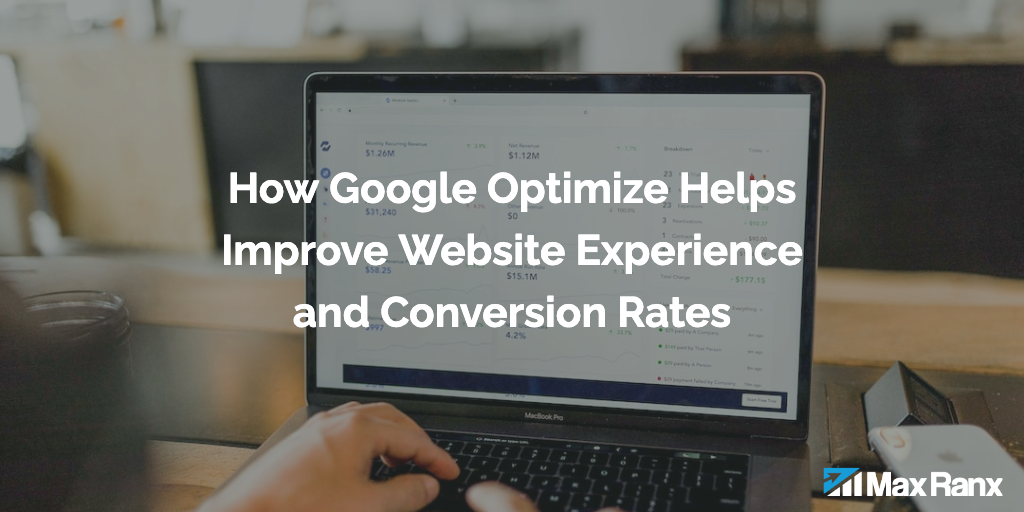Google Optimize allows website owners and marketers to conduct experiments and test different variations of their website in order to improve conversion rates and user engagement. One of the most powerful features of Optimize is its ability to use personalization, which allows you to deliver personalized content and experiences to your visitors based on their behavior and preferences.
Personalization in Google Optimize is achieved by creating different variations of a page for different segments of visitors. By doing this, you can deliver the variation that will perform best for each segment, thus increasing the chances of conversion.
Segmentation
The first step in creating personalized experiences with Optimize is to segment your visitors. Segmentation is the process of dividing your visitors into different groups based on their behavior and characteristics. For example, you could segment your visitors based on the geographic location, the type of device they’re using, or the pages they’ve visited on your website.
Google Optimize provides several built-in segments that you can use to segment your visitors, such as geographic location, device type, browser, and language. Additionally, you can create custom segments by defining your own conditions using the data from your Google Analytics account.
Once you’ve defined your segments, you can use them to create personalized experiences for your visitors.
Creating Variations
The next step in creating personalized experiences is to create variations for each segment. In Optimize, you can create multiple variations of a page and assign them to different segments.
For example, you could create a variation of your homepage that is tailored to visitors from a specific geographic location, and another variation that is tailored to visitors using a specific device.
When creating variations, it’s important to keep in mind that the changes you make should be relevant to the segment you’re targeting. For example, if you’re targeting visitors from a specific geographic location, it makes sense to use the language of that location in the variation.
It’s also important to keep in mind that the variations you create should be different enough from the control page to test which variation performs better.
Running Experiments
Once you’ve created your variations and segments, you can start running experiments in Google Optimize. Optimize will randomly assign users to the control page or one of the variations, and track the performance of each variation over a specified period of time.
When an experiment is completed, you can view the results by clicking the “View Results” button in Optimize. Optimize will show you a report with detailed information about the performance of each variation, including the number of conversions and the conversion rate for each segment.
Based on the results of the experiment, you can decide which variation performed the best for each segment and make the appropriate changes to your website.
Another important feature that Optimize offers is the ability to set up and use A/B, MVT and redirect tests. A/B tests is when you want to compare two variations of a page, MVT (Multi Variate Testing) is when you want to compare multiple variations of a page, and redirect test is when you want to redirect users to a different page in the website or external website. These types of tests offer different levels of granularity and can give you insights in different ways, so it’s important to choose the right test depending on your goals and the type of data you want to collect.
Additionally, you can use the integration of Optimize with Google Analytics to track important metrics such as revenue, bounce rate, and time on site, and analyze user behavior to make data-driven decisions. This can help you to understand the effect of personalization on different segments and key metrics.
Conclusion
By using segmentation and personalization, you can deliver the most relevant content and experiences to your visitors, increasing the chances of conversion. By setting up and running experiments, you can gain valuable insights into what works and what doesn’t, and make informed decisions about how to optimize your website for better performance. With integration with Google Analytics, you can track important metrics, and analyze user behavior to make data-driven decisions. With the right usage, personalization with Optimize can help you to create a better user experience and increase conversions on your website.




